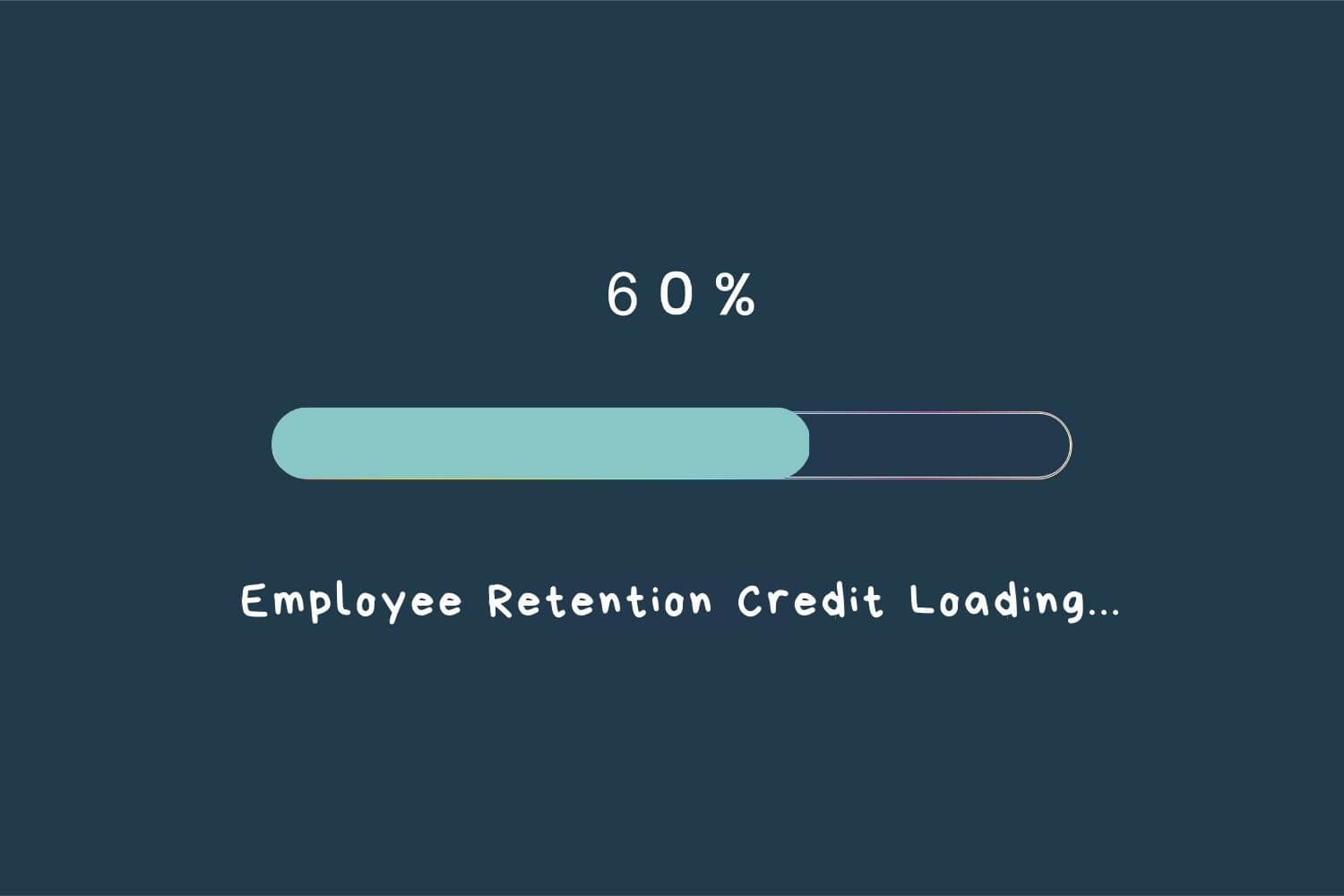CFC Charity Results In my last post (June 28), I reviewed some of the general CFC statistics, and the results for the 2011 campaign. But, while overall campaign totals may be interesting, what every CFC charity wants to know is, “What are our results?” CFC charities receive this information in the April/May timeframe, first with …
Finance/
Financing & Loans
I Recommend The Guide One of the many pleasures in attending the recent national conference of the Association of Proposal Management Professionals (APMP) in Dallas was visiting the Shipley Associates booth. Over the past few decades, Steve Shipley and Shipley Associates have probably done more to advance the proposal profession than any other company. The …
As your NPO looks to increase its revenue from corporations, it is important to distinguish between grants from corporate foundations and corporate sponsorships. Both are important sources of revenue, and both come from corporations – many even from the same corporation… But, since they differ in many significant ways, it will impact how you prospect, …
We are preparing to enter into a capital campaign for a Christian Camp. We do not have a budget for a feasibility study, but we do have some capable people. What resources or materials can you recommend for us to do a feasibility study ourselves? ======================================== I have two immediate/automatic reactions to that question: 1. …
For a very long time I wanted to write something which championed the cause of overworked, underpaid, and under appreciated staff development professionals. But while I was still working as a member of that glorious “clan,” I felt that I was not in the best position to make the case for my many (often) under-appreciated …
“There are lies, damned lies and statistics.” -– Mark Twain Here are some statistics about the CFC, and some common sense observations as to why you should almost always not base your actions on numbers that reflect the entire non-profit sector. It would be like getting a weather report for the Northern Hemisphere, perhaps interesting, …
From an email: I am scheduled to interview with a staffing company who is helping a non-profit organization fill the position of Director of Programs and Grant Development for a Chicago nonprofit. I’ve never held this position before, but I have over 10 years of IT experience and over 8 years of Sales experience. What …







